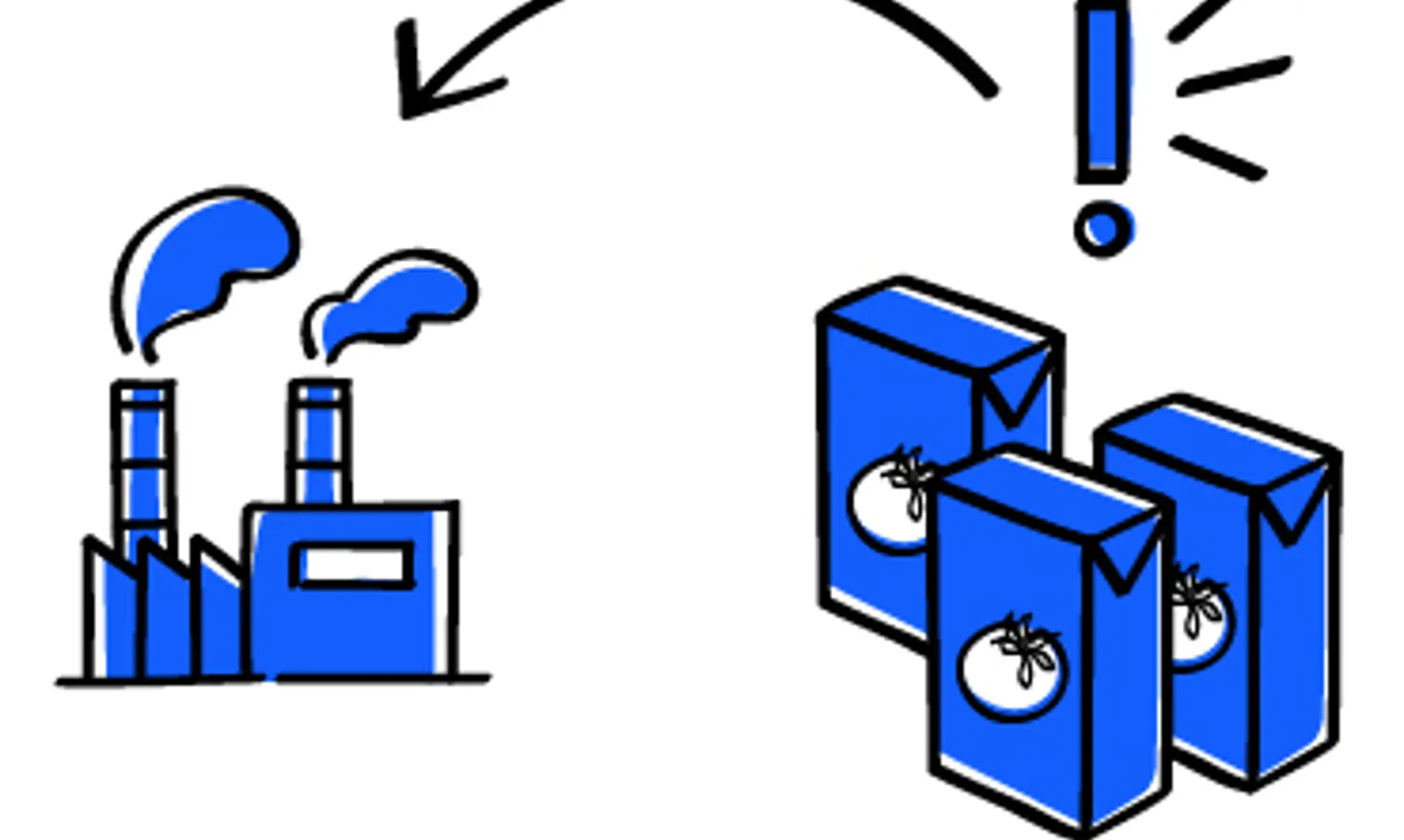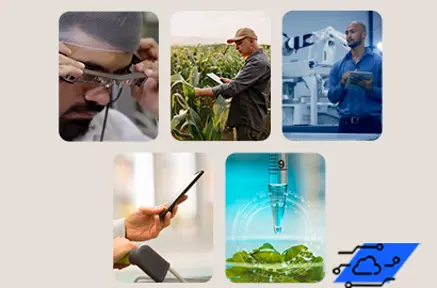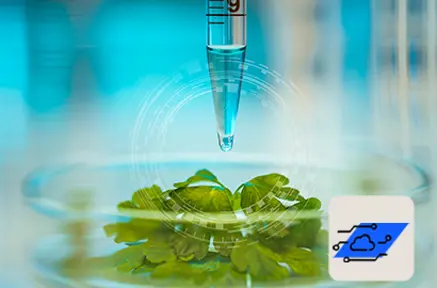Traceability to the rescue

The complexities of modern food and beverage industry makes traceability a vital tool. Earlier in the series, we explored the benefits of a traceable value chain from a manufacturing perspective. And although traceability has many advantages, ensuring food safety and facilitating product recalls if things go wrong remain crucial factors in its favor.
Recall ready
Product or food recall is not a new concept in the food and beverage industry. Defined as the action taken to withdraw from sale, distribution, and consumption any food products that might pose a safety risk to consumers, food recall plays a critical role in ensuring safety and public health. Effective food recall, however, is a complicated process and often involves implementing bulk recall for potential risks.

A traceable value chain can be instrumental in making recalls more efficient. Based on the type of recall required, manufacturers can take quick action. They can accurately identify the affected products and implement a targeted recall not only helping avoid food waste and cut losses but also foster consumer confidence and limit adverse consequences to public health.
Health hazards
Efficient product recalls are crucial to limiting exposure to a potentially dangerous product and the resultant health issues. In such cases, the key elements of an efficient recall include quick identification of the hazard, initiation of the recall, tracking of the recalled product by working with retailers and distributors, clear communication to consumers, and coordination with regulatory agencies throughout the process.

This year itself, even a baby formula was recalled due to potential contamination. In 2022, an outbreak of salmonella cases in three countries linked to popular chocolate products prompted the parent company to recall all their products processed at a specific factory in Belgium. These are just two examples from multitude of instances of food recalls across the globe in recent times.
Mislabeling threats
Mislabeling can be a costly mistake that can lead to serious issues, from life-threatening ones to regulatory violations. Not accounting for allergens tops the list. A few years ago, 1.8 million boxes of cereal had to be recalled because the product labeled gluten-free had wheat in it. In 2023 itself, a prominent grocery chain has recalled multiple products, including their popular pasta sauce, because of undeclared allergens.

In December 2022, even a soft drink giant had to recall a limited number of their Christmas-special multipacks because of a labeling mistake.
The cost without traceability
In all fairness, food recalls can work with a paper trail, but the delayed process comes at a large cost to both public health and businesses. Take the case in 2017 when all lettuce in the United States had to be destroyed after an E.coli outbreak was linked to romaine lettuce – simply because the source of the contaminated produce couldn’t be traced quickly. As a result, Walmart decided to push for traceability in fresh produce by implementing blockchain technology across the supply chain.
The best way to manage product recalls is not to need them in the first place, and a traceable value chain can identify risk factors before it reaches the retailer or consumer.
Talk to us to explore how SIG PAC.TRUST can enable you to solve operational challenges with end-to-end traceability.
The value traceability brings to every stakeholder, from farmer and manufacturer to retailer and consumer, is undisputable. In the final part of the series, we will revisit all aspects of the Traceability Value. Watch this space or subscribe to our exclusive bi-weekly newsletter and never miss an update.

A look back at the forces driving digitalization

How digital technology is shaping what we eat

